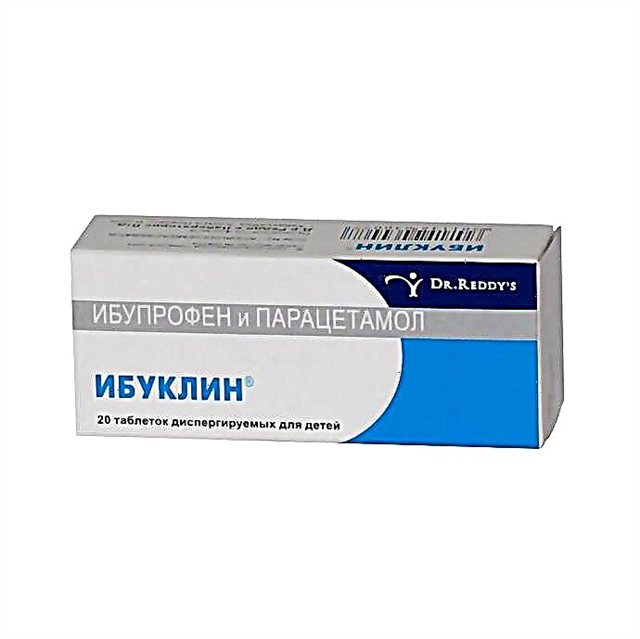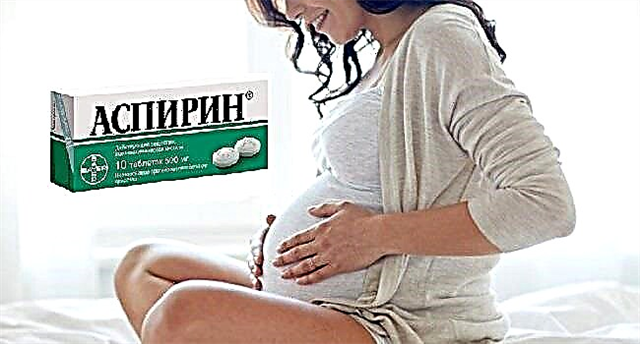
Childbirth at 39 weeks gestation usually does not surprise a woman at all. She has been in standby mode for a long time, besides, the onset of labor at this time is a completely normal phenomenon, which in no way should embarrass the expectant mother. We will talk about how such childbirth takes place, how to recognize their onset, whether there are risks and dangers, in this article.
The opinion of doctors
If labor begins at 39 weeks or the full 39 obstetric weeks of gestation, it will be considered the “gold obstetric standard,” since this is the period that accounts for most of the second and third births, as well as more than half of the first births. And the period between 38 and 39 weeks, and the next 30-40 weeks are considered optimal for the birth of a baby. He is fully matured and ready for an independent life outside the mother's womb.
There are no signs of postmaturity - although the placenta is aging, it still provides the child with everything he needs. The bones of the baby's skull are soft and should pass through the birth canal relatively easily.

The expectant mother should not be embarrassed by the fact that even more than a week remains before the date of birth, which was determined by the obstetricians and which is indicated in her exchange card. Then the PDR (exactly 40 weeks) is called the estimated period, that a deviation from it to the greater and lesser sides by two weeks is quite acceptable.
Childbirth at 39 weeks will be urgent, that is, occurring on time. Therefore, you should not worry and worry. They do not start spontaneously, but only when all the internal "conditions" for this are fulfilled in the woman's body: the uterus becomes heavy enough and its walls experience extreme tension, the actomyosin protein is formed in the cells of the uterus, which makes it possible for the myometrium to contract, the placenta and pituitary gland begin produce oxytocin, and the content of progesterone, which was responsible for maintaining pregnancy, decreases, the cervix begins to expand and shorten.
At a certain point, contractions begin or water leaves - the onset of labor can be different. But labor activity begins in 9 cases out of 10. Labor activity can begin on its own, or it can be stimulated by doctors for medical reasons. At their own request, childbirth at this time is not stimulated, since WHO recommendations prohibit induction of childbirth up to 39 full weeks without a medical reason, and the Ministry of Health of Russia recommends stimulating labor in a healthy woman who does not start independent labor only at 42 weeks of gestation.


Child development, vitality
The baby has reached its maximum size. He became very cramped in the mother's uterus, and therefore he in every possible way contributes to the early onset of labor - he presses with his lowered head on the cervix from the inside, actually forcing it to open and prepare faster. The fetus moves less, since there is almost no room for movement in the uterus.
The weight of most children at this time exceeds the 3 kilogram mark. Boys usually weigh in the range of 3600-3700 g, girls weigh less - about 3500 grams. Large children at this time already exceed 4 kilograms, and miniature hypotrophic babies can weigh less than 3 kilograms. But in any case, the baby is full-term, its weight is not in doubt - it will be able to retain body heat on its own after birth. The growth of most newborns born at this time exceeds 50 centimeters.
All organs and systems are formed and work as usual, the only exception is the nervous system, which will have to actively "tune in" for a long time after the birth of the little man. The kid feels well maternal emotions and mood. Therefore, in childbirth, a woman needs to behave in a disciplined manner, to avoid panic.


A sufficient amount of surfactant has developed in the child's lungs - a substance that will allow the alveoli not to close after inhalation and ensure normal breathing. The lung tissue has matured. Digestion, bladder, heart, liver, kidneys and all other organs work.
Babies at this time are born plump and well-fed, mostly without signs of lanugo on the skin, but even if a little light colorless hair remains, the situation does not require treatment and intervention, they will "dry out" themselves in the coming weeks.
It is important that at this time the child's primary immunity is fully formed, he is already working and protects the baby from threats in the form of viruses and bacteria. The mother's body has shared its own antibodies with the child, and this will help the baby during the first six months of life. Then his own immunity will begin to form.

How are they?
There is no need to be afraid of the onset of childbirth, at this time they are quite traditional, without significant features that would be associated with the gestational age. The risk of complications in the birth process and after childbirth is quite high in case of premature labor, and at 39 weeks labor is urgent.
Doctors will talk about stimulation if the condition of the fetus is disturbed or the condition of the woman worsens due to preeclamia or exacerbation of chronic diseases. Contractions can be stimulated at 39 weeks due to fetal hypoxia, premature outpouring of water against the background of the absence of independent labor, due to Rh-conflict, aggravated by the development of intrauterine hemolytic disease in the child. At this time, planned cesarean section operations are often performed, if there are indications for them.
If a woman enters the hospital with independent contractions that have already begun, or in a state of threatening childbirth, the pregnancy will no longer be maintained. There is no need for this - both the mother's body and the baby's body are completely ready for an important event, which, of course, is childbirth.


How do they start?
Spontaneous labor at 39 weeks usually begins with the onset of contractions. You can distinguish them from false ones by their rhythm and regularity. The uterus tenses and relaxes, pulling the lower back and lower abdomen with a certain frequency. At the first stage, one contraction can be repeated every 30-40 minutes, but gradually contractions will become more frequent, and pain will also increase. You should go to the maternity hospital when the contractions will be repeated every five minutes during the first birth and every 10 minutes during repeated ones.
If there is an outpouring of water, there is no need to wait. You need to go to the hospital as soon as possible.
Stimulation
Stimulation of labor at this time is possible only in a hospital setting. In order to induce labor, mechanical means can be used - kelp, Foley catheter. Also medications are widely used - "Mifepristone" and others. Amniotomy is also used to stimulate labor pains - rupture or puncture of the membranes.


Is there a danger?
The likelihood of complications increases with stimulated labor. Since stimulation is an intervention in natural natural processes, childbirth can proceed with some anomalies - with a primary or secondary weakness of the labor forces, rapidly. Infectious complications are not excluded after childbirth, but their probability is not so high.
Otherwise, childbirth is a very individual process. And the risks are calculated by specialists individually, taking into account the anamnesis, the nature of the pregnancy, the state of health of the woman in labor. There is no danger for the child, he is completely viable at 39 weeks.
For what happens at 39 weeks of gestation, see the next video.



